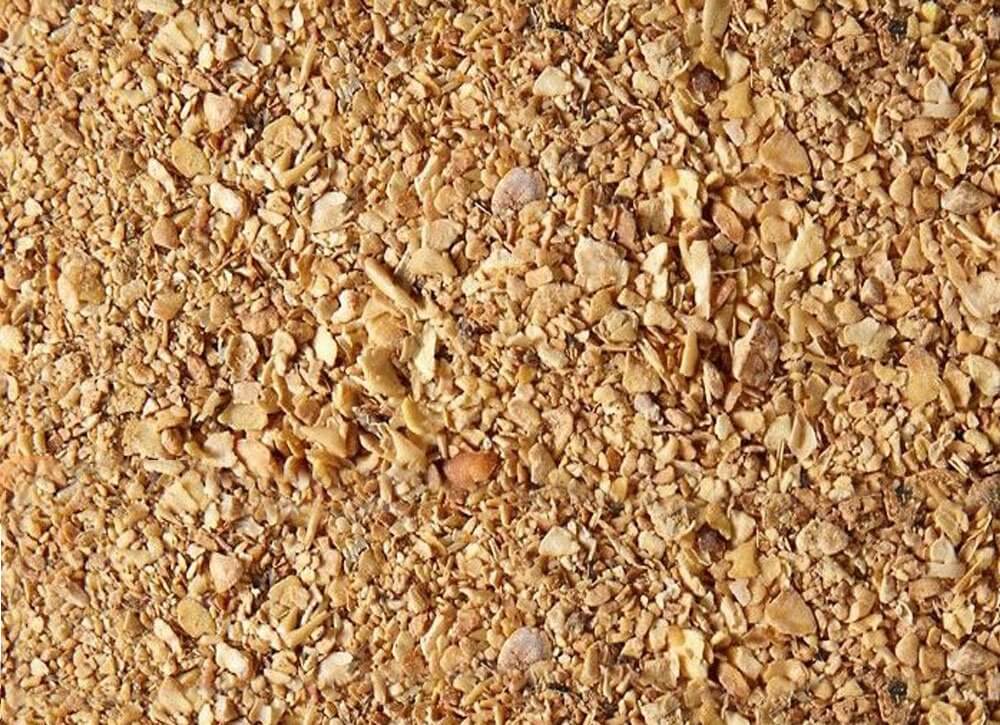
Important problems of our country’s livestock sector; The reason is that adequate and balanced nutrition cannot be provided for the existing livestock, the meadow-pasture areas where the animals will graze are not sufficient, and the forage crops occupy less space in the field crops cultivation areas. Mixing legumes with high adaptability can be an alternative solution to overcome these problems. Thanks to this mixture, both high efficiency can be obtained and quality feed for animals can be produced.
In the evaluation of soybean as a silage, it is more appropriate to grow it as a mixture with some hot climate cereals such as corn, sorghum or sudan grass rather than using it pure. The reason for this is that soybean silage is not preferred by animals as pure, it is bitter to animals. When comparing soybean silage with the nutrient content of silages consisting of other legume forage crops, the Acid detergent fiber (ADF) level (292 g/kg) of soybean silage is lower than that of peas (313 g/kg) and broad beans (312 g/kg); It has been stated that the crude protein ratio (197 g/kg) of soybean silage is higher than that of pea silage (178 g/kg), and lower than that of broad bean silage (222 g/kg).
Worldwide, soybean meal is used in the diet of cattle and small animals.
It is an important source of protein in the nutrition of pet animals and industry. Soybean meal is obtained by grinding the remaining part after extracting the oil from the grain by various processes.
Easily accessible, more delicious; content in terms of lysine, methionine and threonine
enriched soybean meal is a valuable protein raw material.
It is a versatile plant with its structure that does not contain soy, cholesterol and saturated fats, and its high-quality protein content. One of the value added products obtained from Soybean, which is reprocessed for new usage methods after separating its oil, is Soybean Meal. Worldwide, soybean meal is the most important protein source used in the ruminant animal and poultry industry. Soybean Meal is obtained by grinding the remaining soybean after oil extraction from soybean grains by solvent extraction process. Solvent-extracted soybean meal, which is ubiquitous, commercially available, highly palatable, rich in essential amino acids such as lysine, methionine and trionine, is an extremely valuable vegetable protein raw material.
On the other hand, soybean meal is a product with a high degree of digestion, used to balance the rations of farm animals, especially poultry and ruminant animals, and to complete amino acid deficits. Soybean Meal allows Rumen microorganisms living in ruminant animals to increase the level of high-quality microbial protein, as it is a source of highly degraded protein in the rumen. On the other hand, it is widely accepted as an alternative to fish meal because it is a very good source of amino acids in fish diets.
It is a strategically traded feed raw material every day of the year, as it is an essential protein source in the entire world feed industry. The feed industry is used as a standard against other protein sources. In addition, it is an effective protein source in determining the protein prices used in the nutrition of farm animals.
Due to its high availability and desirable fatty acid composition, full-fat soybean is an essential and highly digestible nutrient for the nutrition of all animals. It is known and recommended by all nutritionists and manufacturers as a good natural source of balanced amino acids, by-pass protein, energy, essential fatty acids, vitamins and minerals. Soybean meal is a vital material for animal production.



